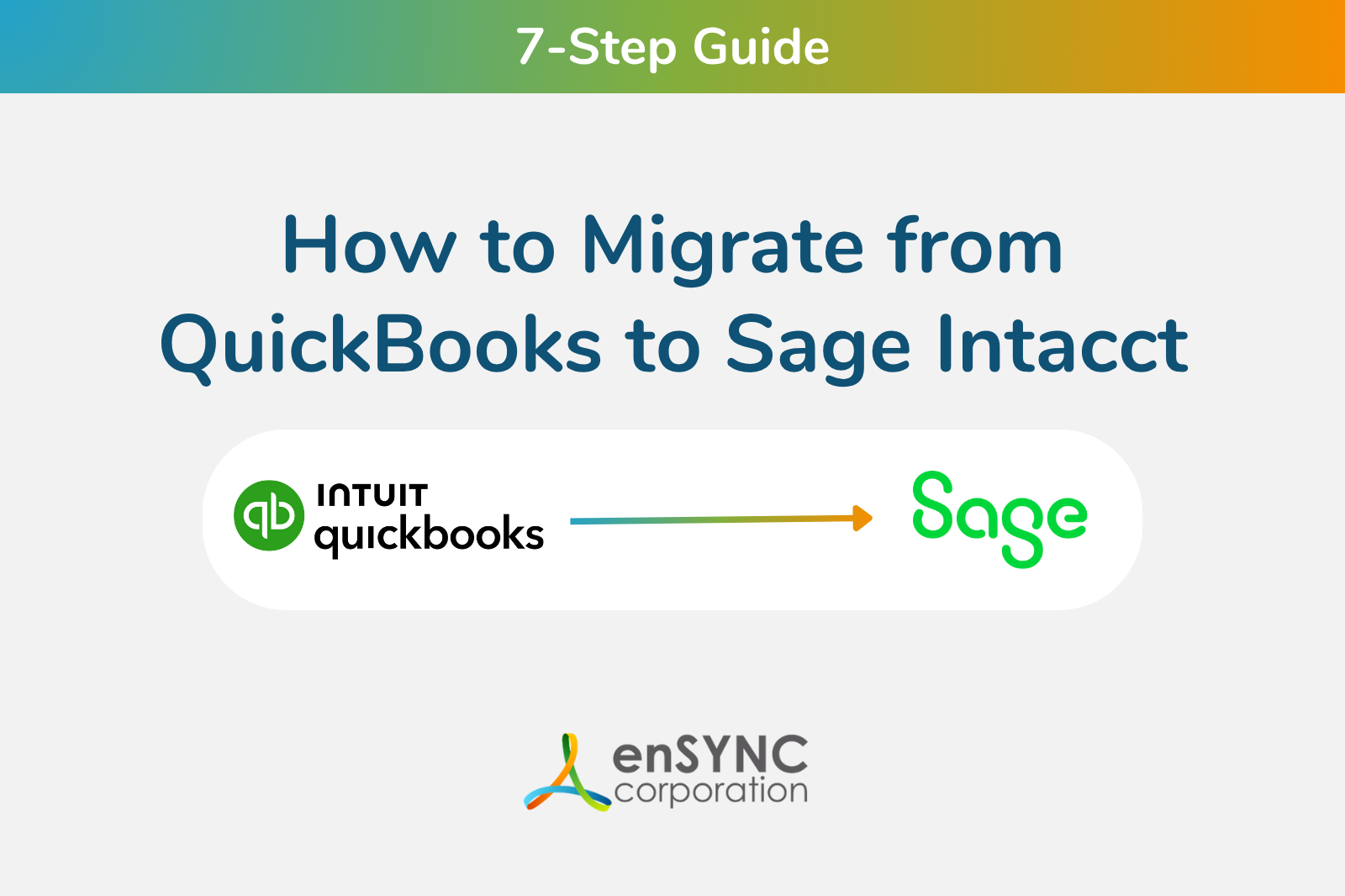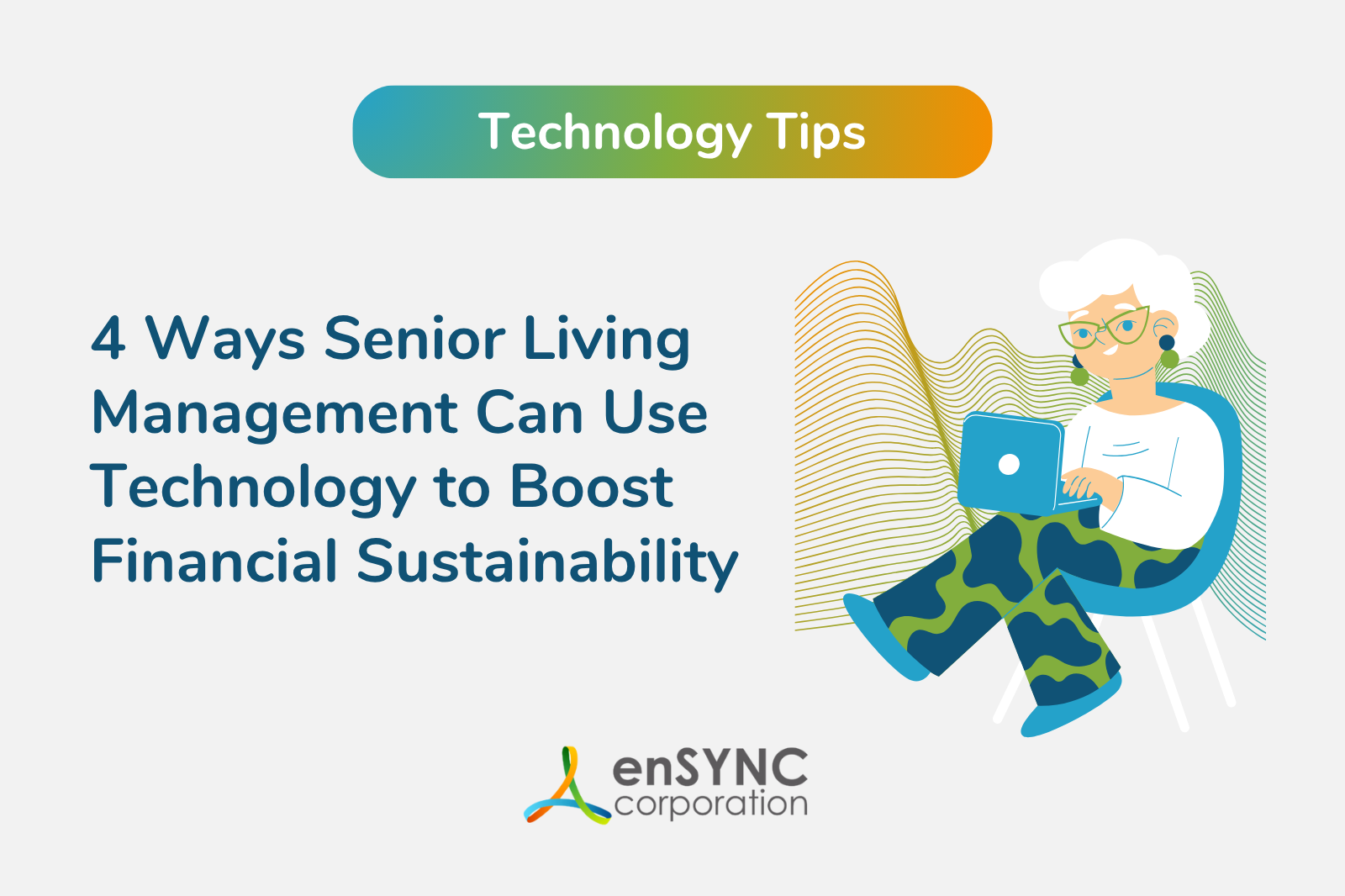Technology & digital transformation | Nonprofits & associations | Financial management
5 Ways Tech Improves Nonprofit Financial Statement Reporting
May 10, 2023
|
Nonprofit financial statement reporting provides critical information stakeholders need to make decisions that affect your organization’s performance. Read on to learn what financial statements are most essential to nonprofits, and how technology can improve accounting statement reporting to produce higher-quality financial information.
Types of Nonprofit Financial Statements
Nonprofit organizations are required to produce standard statements such as cash flow statements, balance sheets, and income statements. Some must also submit supplemental schedules and notes that provide additional explanations for specific transactions or items.
To keep things simple, this guide will cover standard accounting statements used by all organizations, including:
Balance Sheet/Statement of Financial Position
The balance sheet or statement of financial position lists the organization’s assets and liabilities at a specific point in time.
Some items on the asset side include:
- Cash and cash equivalents
- Accounts receivable
- Assets with donor restrictions
- Assets without donor restrictions
- Prepaid expenses
- Equipment
- Investments
- Inventory
Some items on the liabilities side include:
- Current liabilities
- Long-term liabilities
- Accrued expenses
- Accounts payable
- Unearned and deferred revenue
- Deposits from customers or clients
How Balance Sheets Differ Between Nonprofit and For-Profit Companies
The nonprofit balance sheet communicates how resources are used to help the organization fulfill its mission. In contrast, a for-profit business categorizes assets differently because it exists to accrue wealth for the owner or shareholders.
Income Statement/Statement of Activities
The income statement or statement of activities shows revenues and expenses over a period of time.
Some revenue types reported by nonprofits include:
- Donations
- Grants
- Investment income
- Membership dues
- Revenue from program services
- Income from fundraising events
- Royalties
- Licensing fees
Some types of expenses reported by nonprofits include:
- General and administrative expenses
- Program expenses
- Organizational expenses
- Fundraising expenses
- Interest expenses
- Professional fees
- Grants and allocations to other organizations or individuals
- Depreciation and amortization of assets
Cash vs. Accrual Method
The accounting method used affects how items are reported on the income statement. For example, the accrual method recognizes revenue and expenses when incurred, irrespective of when the organization receives cash. In contrast, the cash method recognizes expenses and income when money flows into or out of the organization.
Statement of Cash Flows
The cash flow statement reports how an organization sources and spends cash during a specific time period. Items on the statement of cash flows are typically divided into operating, investing, and financial activities as follows:
- Operating Activities: cash received from grants, donors, and program fees; cash paid for rent, operating expenses, salaries, and utilities
- Investing Activities: purchase and sale of equipment, property, and other assets
- Financing Activities: Receipt of donations or gifts, loan repayments, bond or debt issuance
Statement of Functional Expenses
The statement of functional expenses categorizes the nonprofit's expenses by their functional and natural classifications.
The functional classification details expenses used for programs, fundraising, and management. In contrast, the natural classification shows incurred costs, such as rent, supplies, wages, and travel expenses.
5 Ways Technology Upgrades Your Financial Reporting Processes
Spreadsheets and legacy software systems made financial statement reporting a time-consuming and labor-intensive process in the past. In contrast, today’s modern solutions leverage the power of AI and automation to produce statements and annual reports quickly and with greater accuracy.
1. AI-Powered software increases efficiency and improves productivity.
Today’s accounting applications automate financial reporting processes to minimize repetitive tasks, save time, and improve efficiency. AI-powered software additionally analyzes and optimizes your workflows to provide a personalized experience that improves overall team productivity.
2. Data analytics enhances decision-making.
Modern accounting software leverages powerful analytics tools that track nonprofit financial metrics to identify trends and patterns. This enables managers to better assess the organization’s financial situation when allocating resources and making budgeting decisions.
3. Software integrations save time and enhance collaboration.
Many financial software solutions available today integrate with popular customer relationship management (CRM), marketing, and membership management applications. These systems share data to reduce manual entry, minimize repetitive tasks, improve collaboration, and save time.
4. Cloud-based software solutions increase accessibility.
Cloud-based accounting software gives credentialed users access to financial data from any connected location. This offers global organizations with multiple locations quick access to real-time data and enables managers to organize remote teams more effectively.
5. Real-time reporting improves agility.
Real-time reporting improves agility by giving nonprofit managers access to timely data that enables faster decision-making. Real-time data also increases transparency and allows managers to quickly identify and address potential risks.
How to Choose a Nonprofit Financial Software Solution
Today’s financial software solutions enable nonprofit managers to track, manage, and report financial information more quickly and effectively.
Some tips for choosing a nonprofit accounting solution include:
1. Evaluate your organization’s needs.
There are dozens of nonprofit accounting software choices available on the market today. Before exploring your options, list all the accounting, budgeting, reporting, and compliance features your team needs. That way, you can quickly scan each software’s feature list and eliminate any possibilities that do not align with your requirements.
2. Use social media to research your options.
Social media is a valuable tool to use in your research process. Join groups on popular platforms like LinkedIn and follow hashtags that keep you up-to-date on the latest software trends.
Follow business pages to read user comments and observe how the company interacts with its customers. You can also attend virtual events and webinars and directly reach out to other users to ask for recommendations.
3. Choose an option that scales easily.
Make sure to pick a solution that can adjust as your nonprofit grows. Most modern solutions allow you to easily add users and entities to adapt to the changing needs of your organization.
4. Evaluate integration options.
Ensure your solution can integrate with your current software stack. Integration is critical to streamlining your accounting processes, reducing data entry, and enhancing collaboration across your team.
Unlock the power of technology with customized nonprofit financial software.
The right software provides finance teams with the tools to track, manage, and report financial data with greater efficiency and improved accuracy.
enSYNC has helped hundreds of nonprofits leverage the power of technology to achieve their mission. Contact us to schedule a free assessment to discover how customized software saves time, increases productivity, and ultimately helps your organization achieve its goals. 
Recent Posts

Sounding Off with Mandy Lynch: Real Talk on Culture, Care, and Change in Senior Living
In each episode of Sounding Off: Senior Living Execs on Tech, we explore how senior living leaders at nonprofits are embracing technology to shape...

7-Step Guide: How to Migrate from QuickBooks to Sage Intacct
Organizations are constantly growing and changing. So too are accounting needs.
Enjoying our blog?
At enSYNC, we want to empower associations and nonprofits to make well-educated decisions. If you want our industry knowledge (and other free guides) sent directly to your inbox, fill out the form below.

